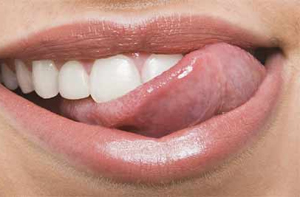Taking multiple courses of antibiotics within a short span of time may do people more harm than good, suggests new research which discovered an association between the number of prescriptions for antibiotics and a higher risk of hospital admissions.
Patients who have had 9 or more antibiotic prescriptions for common infections in the previous three years are 2.26 times more likely to go to hospital with another infection in three or more months, said the researchers.
Patients who had two antibiotic prescriptions were 1.23 times more likely, patients who had three to four prescriptions 1.33 times more likely and patients who had five to eight 1.77 times more likely to go to hospital with another infection.
"We don't know why this is, but overuse of antibiotics might kill the good bacteria in the gut (microbiota) and make us more susceptible to infections, for example," said Professor Tjeerd van Staa from the University of Manchester in Britain.
The study, published in the journal BMC Medicine, is based on the data of two million patients in England and Wales.
The patient records, from 2000 to 2016, covered common infections such as upper respiratory tract, urinary tract, ear and chest infections and excluded long term conditions such as cystic fibrosis and chronic lung disease.
The risks of going to hospital with another infection were related to the number of the antibiotic prescriptions in the previous three years.
A course is defined by the team as being given over a period of one or two weeks.
"GPs (general physicians) care about their patients, and over recent years have worked hard to reduce the prescribing of antibiotics,""Staa said.
"But it is clear GPs do not have the tools to prescribe antibiotics effectively for common infections, especially when patients already have previously used antibiotics.
"They may prescribe numerous courses of antibiotics over several years, which according to our study increases the risk of a more serious infection. That in turn, we show, is linked to hospital admissions," Staa added.
It not clear why hospital admissions are linked to higher prescriptions and research is needed to show what or if any biological factors exist, said the research team.
"Our hope is that, however, a tool we are working for GPs, based on patient history, will be able to calculate the risks associated with taking multiple courses of antibiotics," said Francine Jury from the University of Manchester.
 Chewing requires a complex interplay between the tongue and jaw, with the tongue positioning food between the teeth and then moving out of the way every time the jaw clamps down to grind it up.
Chewing requires a complex interplay between the tongue and jaw, with the tongue positioning food between the teeth and then moving out of the way every time the jaw clamps down to grind it up.




Comments
Add new comment